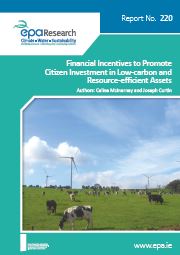
Authors: Celine McInerney and Joseph Curtin, August 2017
Year: 2017
Research Report 220 on Financial Incentives to Promote Citizen Investment in Low-carbon and Resource-efficient Assets
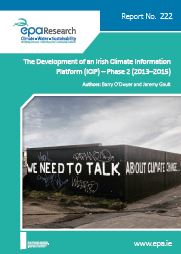
Authors: Barry O’Dwyer and Jeremy Gault, August 2017
Year: 2017
Research Report 222 on The Development of an Irish Climate Information Platform (ICIP) – Phase 2
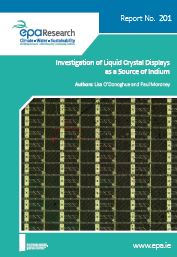
Authors: Lisa O’Donoghue and Paul Moroney, August 2017
Year: 2017
Research Report 201 detailing the Investigation of Liquid Crystal Displays as a Source of Indium
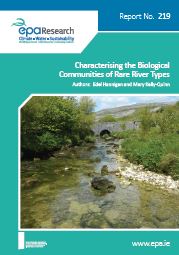
Authors: Edel Hannigan and Mary Kelly-Quinn, July 2017
Year: 2017
Research Report 219 Characterising the Biological Communities of Rare River Types
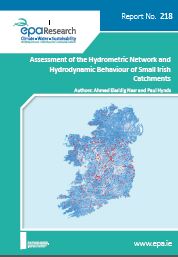
Authors: Ahmed Elssidig Nasr and Paul Hynds, June 2017
Year: 2017
Research Report 218 on the Assessment of the Hydrometric Network and Hydrodynamic Behaviour of Small Irish Catchments
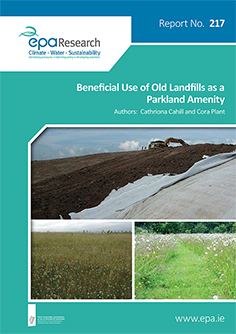
Authors: Cathriona Cahill and Cora Plant, June 2017
Year: 2017
EPA Research Report 217 on the Beneficial Use of Old Landfills as a Parkland Amenity
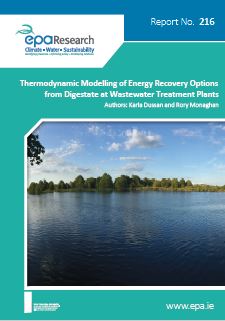
Authors: Karla Dussan and Rory Monaghan, June 2017
Year: 2017
EPA Research 216 detailing Thermodynamic Modelling of Energy Recovery Options from Digestate at Wastewater Treatment Plants
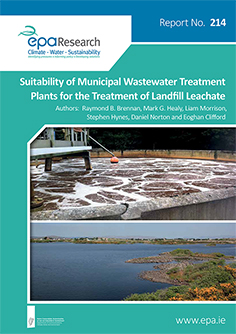
Authors: Raymond B. Brennan, Mark G. Healy, Liam Morrison, Stephen Hynes, Daniel Norton and Eoghan Clifford, June 2017
Year: 2017
Research 214 on the Suitability of Municipal Wastewater Treatment Plants for the Treatment of Landfill Leachate
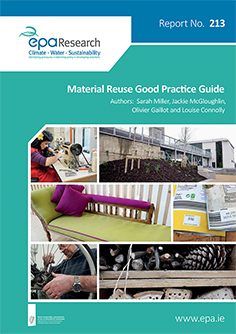
Authors: Sarah Miller, Jackie McGloughlin, Olivier Gaillot and Louise Connolly, May 2017
Year: 2017
This report is a Material Reuse Good Practice Guide for anyone interested in extending the life-cycle of their items
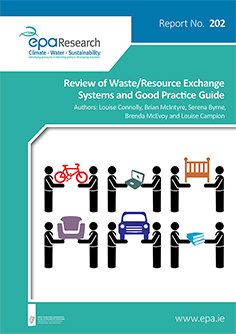
Authors: Louise Connolly, Brian McIntyre, Serena Byrne, Brenda McEvoy and Louise Campion, May 2017
Year: 2017
This report is a Review of Waste/Resource Exchange Systems and Good Practice Guide
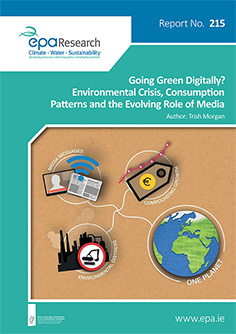
Author: Trish Morgan, April 2017
Year: 2017
Research Report 215 on Going Green Digitally? Environmental Crisis, Consumption Patterns and the Evolving Role of Media
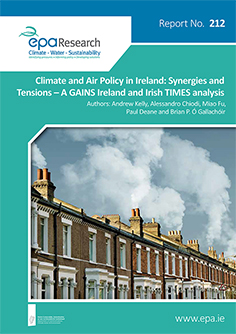
Authors: Andrew Kelly, Alessandro Chiodi, Miao Fu, Paul Deane and Brian P. Ó Gallachóir, April 2017
Year: 2017
Research Report 212 on Climate and Air Policy in Ireland: Synergies and Tensions – A GAINS Ireland and Irish TIMES analysis
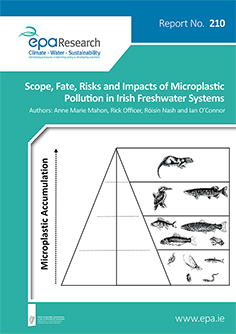
Authors: Anne Marie Mahon, Rick Officer, Róisín Nash and Ian O’Connor, April 2017
Year: 2017
Research report 210 on the Scope, Fate, Risks and Impacts of Microplastic Pollution in Irish Freshwater Systems
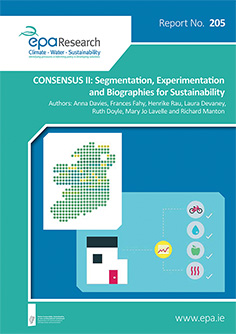
Authors: Anna Davies, Frances Fahy, Henrike Rau, Laura Devaney, Ruth Doyle, Mary Jo Lavelle and Richard Manton, April 2017
Year: 2017
Research report 205 on CONSENSUS II: Segmentation, Experimentation and Biographies for Sustainability
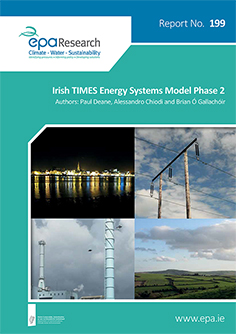
Authors:Paul Deane, Alessandro Chiodi and Brian Ó Gallachóir, April 2017
Year: 2017
Research Report 199 on Irish TIMES Energy Systems Model Phase 2
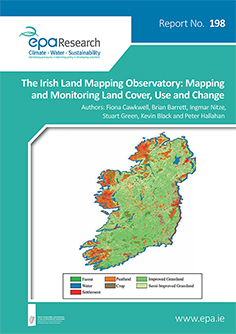
Authors: Fiona Cawkwell, Brian Barrett, Ingmar Nitze, Stuart Green, Kevin Black and Peter Hallahan, April 2017
Year: 2017
Research Report 198 on The Irish Land Mapping Observatory: Mapping and Monitoring Land Cover, Use and Change
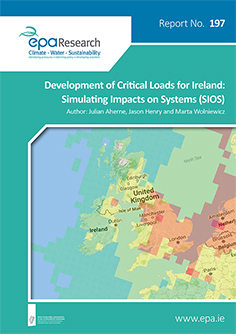
Authors: Julian Aherne, Jason Henry and Marta Wolniewicz, April 2017
Year: 2017
Research report 197 on Development of Critical Loads for Ireland: Simulating Impacts on Systems (SIOS)
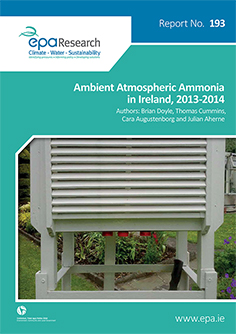
Authors: Brian Doyle, Thomas Cummins, Cara Augustenborg and Julian Aherne, April 2017
Year: 2017
EPA Research report on Ambient Atmospheric Ammonia in Ireland 2013–2014
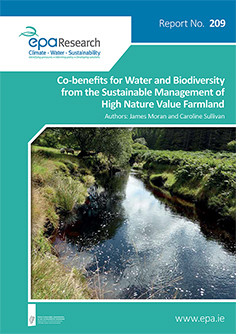
Authors: James Moran and Caroline Sullivan, April 2017
Year: 2017
Agriculture systems in Europe range from very intensive production on fertile land with high inputs to very extensive High Nature Value (HNV) farmland on marginal land with low inputs.
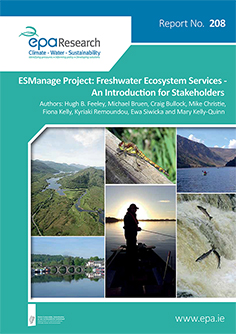
Authors: Hugh B. Feeley, Michael Bruen, Craig Bullock, Mike Christie,Fiona Kelly, Kyriaki Remoundou, Ewa Siwicka and Mary Kelly-Quinn, March 2017
Year: 2017
The objective of this project is to harness the knowledge and tools required to embed an appreciation of ecosystem services and the ecosystems services approach into policy and decision-making for sustainable management of water resources, as required by the Water Framework Directive